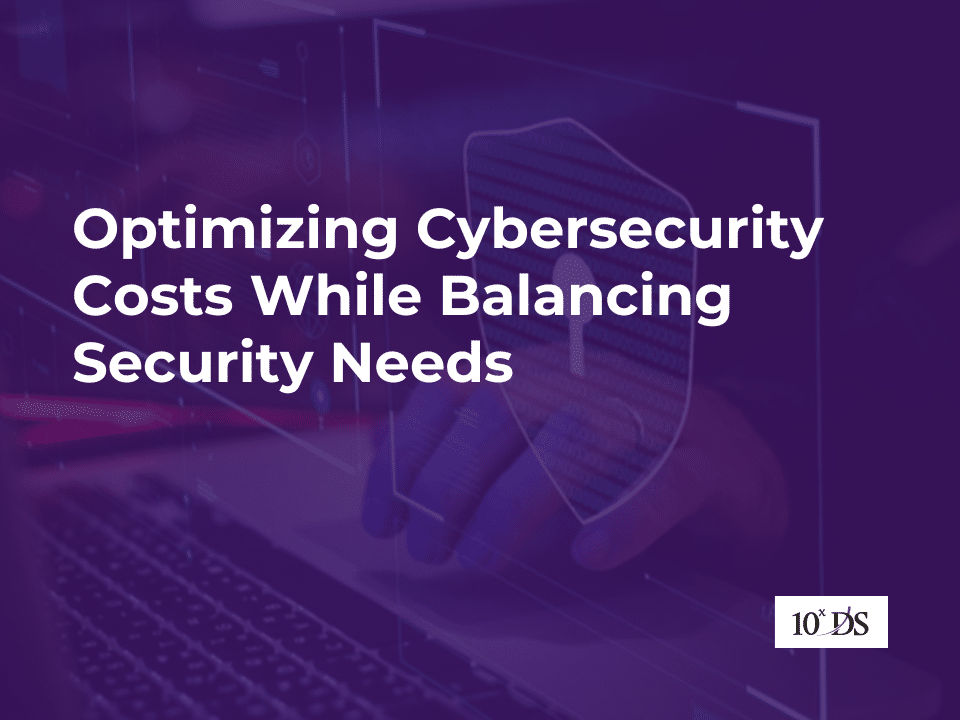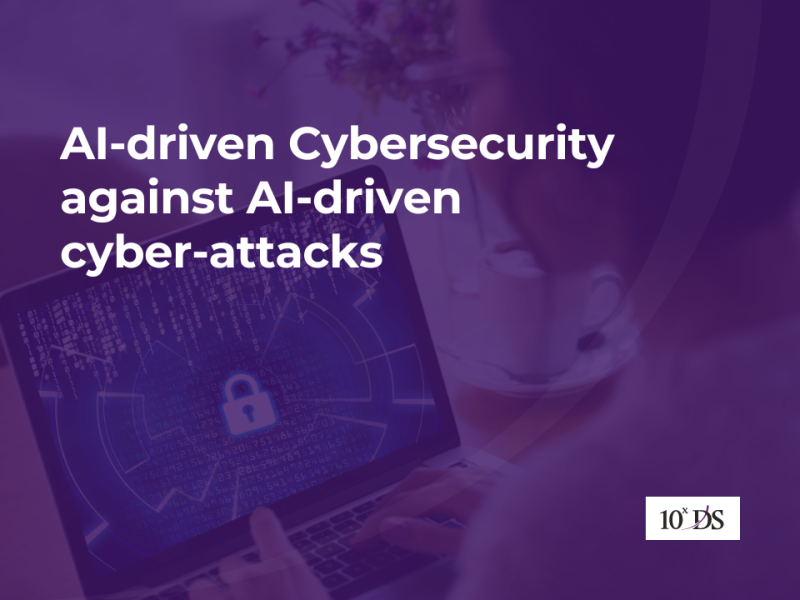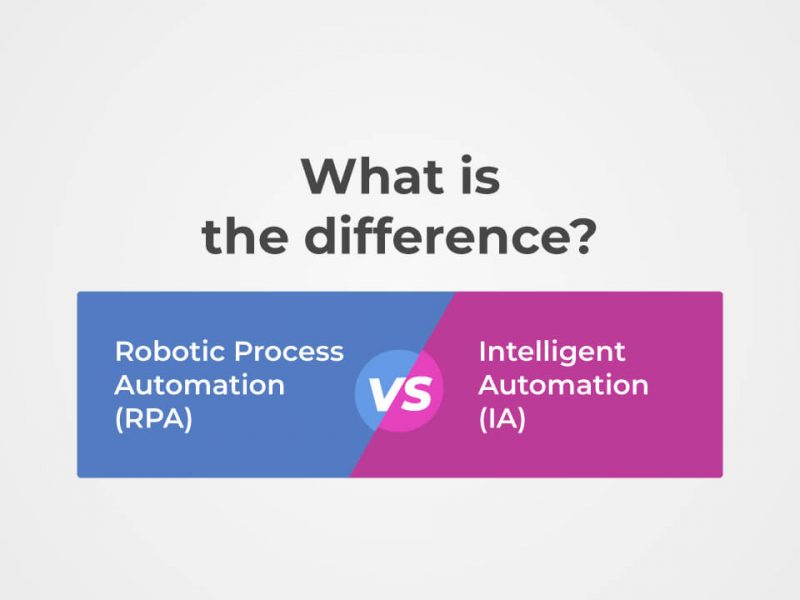
Optimizing Cybersecurity Costs While Balancing Security Needs
In an era where cyber threats are ever-evolving and increasingly sophisticated, organizations face a significant challenge: how to ensure robust cybersecurity measures while managing costs effectively. Balancing the need for security with budget constraints is a complex task, but it’s essential for long-term success. In this blog post, we’ll explore strategies for optimizing cybersecurity costs while maintaining a high level of protection. We’ll also delve into recent trends and statistics to underscore the importance of cybersecurity investment.
The Cost of Cybersecurity: A Balancing Act
Cybersecurity is a critical concern for businesses across industries. It safeguards sensitive data, protects customer trust, and ensures business continuity. However, investing too much or too little in cybersecurity can have adverse consequences. Overspending can strain budgets and divert resources from other critical initiatives while underspending leaves organizations vulnerable to cyber threats. Before delving into strategies for cost optimization, let’s examine some recent statistics on cyber-attacks:
Ransomware Attacks Surge: There are 1.7 million ransomware attacks every day which means every second 19 ransomware attacks.
Remote Work Challenges: The rise in cybersecurity risks from remote work is significant as 60% of remote workers use unsecured devices for work.
Supply Chain Attacks: Cybercriminals are increasingly targeting the supply chain. More than 10 million people were impacted by supply chain attacks targeting 1,743 entities in 2022.
Increased Regulatory Scrutiny: Governments worldwide are imposing stricter data protection regulations, such as GDPR and CCPA, with substantial fines for non-compliance.
Cost of Data Breach: An Integral Part of Cybersecurity Costs
When discussing the cost of cybersecurity, it’s crucial to consider the cost of a data breach. A data breach can result in legal fines, remediation costs, and reputational damage. According to the 2023 Cost of a Data Breach Report by IBM Security, the global average cost of a data breach was USD 4.45 million, a 15% increase over 3 years. This cost includes expenses related to detection, containment, notification, and resolution. It’s important to note that the cost of a data breach varies widely depending on factors such as the severity of the breach, the type of data compromised, the industry, and the geographic location of the organization. However, data breaches can be financially devastating, making proactive cybersecurity measures and risk mitigation strategies essential for organizations of all sizes and sectors.
Strategies for Optimizing Cybersecurity Costs
Risk Assessment
Start by conducting a comprehensive risk assessment. Identify your organization’s most valuable assets and assess the potential impact of a breach. This will help you prioritize cybersecurity investments where they matter most.
Security Frameworks
Implement recognized security frameworks like NIST or ISO 27001. These frameworks provide a structured approach to cybersecurity, helping you allocate resources efficiently.
Security Awareness Training
Invest in ongoing cybersecurity training for employees. Well-informed staff can help prevent costly security incidents through vigilant behaviour.
Outsourcing Security
Consider outsourcing some cybersecurity functions to Managed Security Service Providers (MSSPs). MSSPs offer specialized expertise and can often provide cost-effective solutions compared to maintaining an in-house team.
Cloud Security
If your organization uses cloud services, leverage cloud-native security solutions. Cloud providers offer built-in security features that can reduce the need for additional third-party security tools.
Zero Trust Architecture
Implement a Zero Trust approach to security, where trust is never assumed, and access is continuously verified. This approach minimizes the attack surface and reduces the risk of breaches.
Threat Intelligence
Invest in threat intelligence services to stay informed about emerging threats. This proactive approach allows you to allocate resources to address specific risks.
Patch Management
Maintain a robust patch management process to keep software and systems up to date. Many breaches occur due to unpatched vulnerabilities.
Statistics on the Impact of Cybersecurity Investments
To highlight the significance of cybersecurity investments, let’s examine some statistics:
Return on Investment (ROI)
According to a study by ESI Thoughtlab, increasing investments in cybersecurity can generate a significant ROI of 179% and the most effective cybersecurity practices for maximizing ROI were cybersecurity awareness training, advanced identity and access management, security intelligence systems, and encryption of data in transit.
Cost Savings
IBM’s 2023 Cost of a Data Breach Report found that each organization saved average $1.76 million with proper implementation of AI & Automation in Cybersecurity
Time to Detect Breaches
The same report stated that Organizations with extensive use of both AI and automation experienced a data breach lifecycle that was 108 days shorter compared to studied organizations that have not deployed these technologies (214 days versus 322 days).
Balancing cybersecurity costs with security needs is a delicate dance that requires ongoing attention. Recent trends and statistics underscore the critical importance of robust cybersecurity measures. While cost optimization is essential, underinvesting in cybersecurity can be a costly mistake in the long run. The cost of a data breach is a substantial part of cybersecurity costs and should be factored into your strategy. Ultimately, organizations must adopt a proactive approach to cybersecurity, continually assessing risks, investing in the right technologies and training, and staying informed about emerging threats. Striking the right balance ensures that cybersecurity remains a robust defense against evolving cyber threats without breaking the bank.
Talk to our experts to know more.


